??????????
These tools are used to evaluate multidimensional data from multiple perspectives. The next component of an analytical CRM is data mining — a catch-all term for the process of discovering patterns in large data sets. Ultimately, if your company is trying to automate its workflow and take the human element out of the more monotonous, administrative side of your business, an operational CRM is the way to go. As you can see, Zoho combines the company’s price list with its features.
Voyager Infinity #Recruitment Software is outfitted to help all #recruitmentagencies, irrespective of industry focus or the type of recruitment services being offered: https://t.co/A9GhqIZa2k
— Voyager Software (@voyagersoftware) August 18, 2022
In other words, they promote a specific sales or marketing approach around which their product is designed. These tools, coupled with sound inbound CRM marketing strategies, can positively impact your business. Some CRM can be classified by their specific thrust towards a main function, like promoting inbound marketing or the traditional sales-stage approach. While these CRMs also provide standard features and adapt to horizontal uses, the vendors position their product along particular expertise or thought leadership.
Who Should Use A Collaborative Crm?
This CRM captures leads and converts them into contacts by capturing all their details and maintaining the relationship throughout the customer lifecycle. HubSpot CRM helps you grow your customer base, but as it grows, you’ll need more sophisticated tools like marketing and sales automation. HubSpot provides both apps through paid plans, HubSpot Marketing, and HubSpot Sales. The free CRM natively integrates with these two systems, giving you a more robust architecture to generate leads, convert them into deals, and increase your win rate.

That’s why It’s common to find CRM software that integrates with other tools, like automation software , communication software , and G Suite. Anything that grabs real-time client data is useful to your CRM system, and by extension, your business. For any business to compete, they need a way to connect different departments, from customer service to marketing, as they all work together to improve overall customer satisfaction. With a clear picture of the different CRM types, it is easier to gauge now a software solution for its value proposition and not for a feature it is not designed for.
Still, if you dig deeper into our list, you can find that HubSpot CRM is the best software of its kind. It’s free, lightweight, and can integrate with its other sister products to expand your reach. Don’t be fooled by its “inbound” type, however, as it can do more than just inbound marketing efforts.
Interaction Management
If you’re looking to use hard data to better understand your customers, prioritizing analytical may be the way to go. And if you want to make business synchronicity and collaboration your main priorities, consider collaborative CRMs. NetSuite CRM is a robust CRM solution that can bring a comprehensive view of your entire business process and automate it. Apart from the regular CRM functions, it also automates sales, marketing, and services.
They automate tedious responsibilities like coordinating email campaigns, distributing content offers, and reaching out to contacts at scale. The most affordable options are cloud-based CRMs or free software, but if you want the best features, you’ll need to upgrade to a paid solution. But don’t just buy the first CRM that offers the features you need because you may pay much more than your budget allows. With a Cloud solution, you don’t need an in-house server, technical expertise, or a large upfront cost from installation or licensing.
Compare The Softwares Costs
However, some CRMs today evolve into a platform that fully integrates the three functions in one place. Inside the system, marketing can launch email campaigns; sales can follow up deals via phone, chat, or email, while support can answer tickets. We’re not talking about deployment or business type or even CRM pricing models; these are easily described. What your priority https://xcritical.com/ function is will dictate the software solution of your choice. HubSpot is an all-in-one CRM platform meant to align internal teams, pull meaningful insights, and report on growth opportunities. It does this by combining Marketing Hub, Sales Hub, Service Hub, and CMS Hub, along with hundreds of available integrations, to facilitate marketing, sales, and service processes.
It has access to data about the online features customers are using, customers’ locations, and when they’re logging on. Having a comprehensive picture of this data could give salespeople insight into how, where, and when they should be reaching out to prospects. Researching the CRM company or vendor is just as important as the software itself.
- Interaction management allows a company to keep a log of these kinds of correspondence, as well as team notes about them.
- Companies can then leverage the data they’ve collected for better sales efforts, targeted marketing campaigns, and personalized customer support.
- Many operational CRMs also make life easier for sales reps by enabling workflows that allow them to easily and automatically rotate leads, delegate contacts, and create deals and tasks.
- Some CRM solutions offer package rates that lock out certain features and you need to make sure what you need isn’t behind a bigger paywall.
- However, that can be difficult to find the best CRM software, when there are so many options on the market, from well-known brands to up-and-coming software solutions.
It provides one of the most effective systems analysts can use to collect, integrate, and prepare customer data for analysis. HubSpot automates manual tasks and helps you create an experience and buyer’s journey that your customers will love by centering your entire business around your customers. Its purpose is to help a company create an extraordinary experience for customers, keep them loyal, and encourage them to promote the company brand. Businesses have to have GDPR-specific features in place, or they run the risk of failing to comply with these laws. That means your CRM software has to generate personalized reports of each customer individually or delete all of the individual’s data if a customer requests it.
A better way to compare the total cost of software is by selecting two to three features you absolutely need before removing solutions you don’t need. For example, if you need a CRM with email tracking and campaign automation, subtract CRMs that don’t offer these features. You’ll likely need to connect to more software solutions, especially as your company grows and requires more customer data.
Popular Features
Zoho Analytics gives you real-time analytics to help inform smarter business decisions. The software allows your data to transform huge amounts of raw data into actionable reports and dashboards. These capabilities can enable you to better track key performance indicators such as number of won deals and customers. In the example provided above, the other parts of the CRM would have gathered the data on how, when, and where customers are interacting with the site. Its OLAP tools would have clarified and applied that information, giving that business a better idea of how to conduct its sales, marketing, and service efforts. For example, a business may want to analyze how customers are interacting with its website.
Hubspot Crm
CRM is an acronym for customer relationship management, which encompasses any tool that stores and processes customer data. The first CRM system was likely the Rolodex, but digital technology has allowed businesses to pull customer data from any source on the web. With all its bells and whistles, though, Freshworks CRM may work best for companies can make the most of all its features. The platform is a good fit for businesses with a larger customer base and well-defined workflows for sales and marketing. Freshworks CRM is an advanced platform that integrates sales, marketing, and CRM activities into one system. Keeping customers engaged is easy, too, through Freshworks CRM’s multichannel capabilities.
Businesses that are spread across multiple physical locations or have many teams stand to gain a lot from collaborative CRMs’ emphasis on business unit synchronicity. Interaction management allows a company to keep a log of these kinds of correspondence, type of crm software as well as team notes about them. Different business units can then share this information across the organization. Analytical CRMs are best for businesses looking to leverage data to get a picture of how their customers operate.
Company
In short, this CRM adapts horizontally across industries and use cases, and is very flexible price-wise. Operational CRM solutions such as HubSpot offer ways to automate key processes such as marketing, sales, and service to improve the customer experience and drive conversions. If you’re looking to streamline your sales, marketing, and customer service, opt for operational.
All you have to do is sign up for a subscription and log in whenever you need the system to store customer data or to access your client data. The advantage of using an integrated platform like Freshworks CRM is that it serves as a centralized hub that provides ready access to information on customers and deals. Detailed customer profiles allow agents to add context to customer interactions, improving the chances of a deal’s success.
Again, this works best if your revenues come mainly from below-the-line selling, riding on the strength of your reps’ contacts, and less on your campaigns. Pipedrive CRM focuses on the function of the sales rep. And what tool do sales reps use? What can be a better example of a general CRM than the one that started it all? Salesforce CRM redefined the sales space when it launched a cloud sales system with tools that today has evolved into the standard CRM features we mentioned above.







